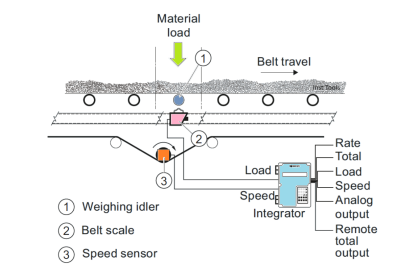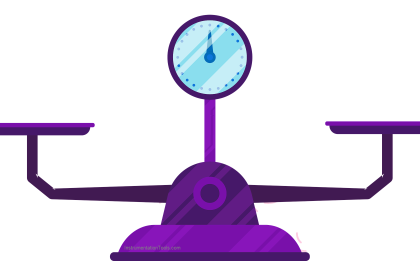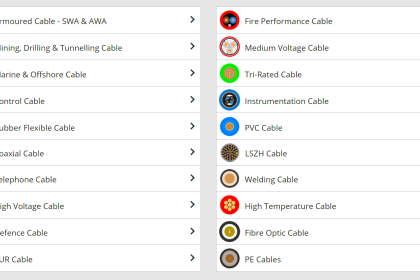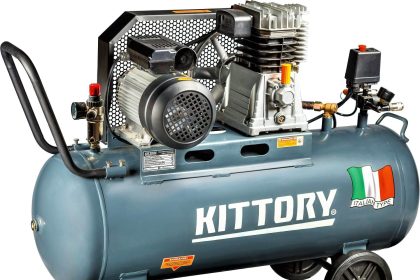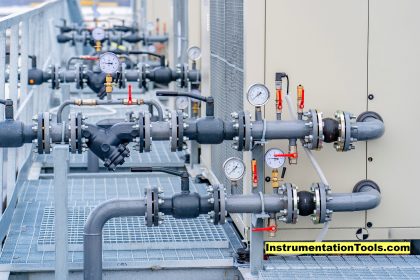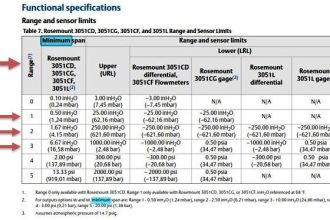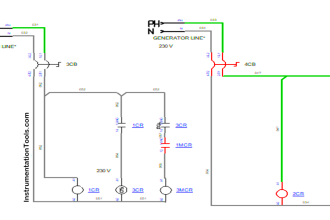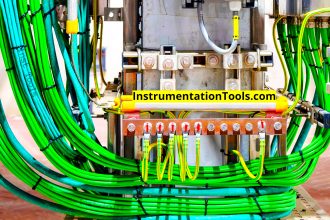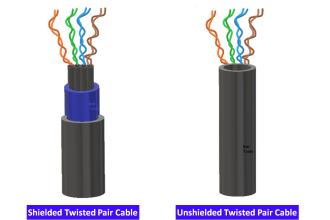Air compressors are integral to many industrial tasks, and have a rich history and basic operating principles. The air compressor works by converting power into potential energy stored in compressed air and it can be achieved through an electric motor, diesel, or petrol engine. During the early phase, these machines were simple and mechanical, but they evolved into complex systems for diverse applications.
Their ability to efficiently power various tools and machinery has made them indispensable in your industrial operations, showcasing how fundamental mechanical concepts have been adapted to meet modern demands.
Evolution of Air Compressors
Learn the outline of air compressor evolution.
- Initial air compressors, like manual bellows used in blacksmithing, were simple and solely for increasing furnace heat.
- Steam-powered air compressors emerged during the Industrial Revolution, enhancing both power and efficiency significantly.
- The 19th century marked the beginning of modern compressor technology with the filing of the first patents for air compressors.
- Electricity’s introduction revolutionized compressors, making them more compact and powerful, as electric motors replaced steam engines.
- Rotary screw compressors, designed for their continuous air supply and reliability, became indispensable in industrial applications.
- Mid-20th century saw advancements in materials and precision engineering, leading to more efficient and robust compressor designs.
- Air compressors became essential across industries due to their versatility and efficiency, from manufacturing to automotive sectors.
- Development of oil-free compressors enabled cleaner air supply, critical for the pharmaceutical and food industries.
- Late 20th century advancements included the integration of PLC (Programmable Logic Controllers) and automation controls, enhancing compressor efficiency and operational precision.
- Energy efficiency became a key focus, driving the development of environmentally friendly compressors amid rising energy costs and environmental awareness.
- The 21st century introduced smart technologies, such as IoT and HMI (Human-Machine Interfaces), for better compressor control, maintenance, and monitoring.
- Innovations in sustainable technologies are leading to compressors powered by alternative energy sources, aligning with environmental conservation efforts.
The Many Applications of Air Compressors
Air compressors have become a cornerstone in many industrial operations, proving their versatility across various sectors. In manufacturing, they power pneumatic machinery, which is vital for processes like assembly and painting. In the construction industry, they are crucial for powering tools such as jackhammers and drills, making your job on-site more efficient.
Compressed air is used for safety in many respiratory protective equipment solutions in industries as varied as the pharmaceutical industry or the automotive industry, where air compressors are used when painting and assembling vehicles. The efficiency of these systems can directly impact the efficiency of a production line.
Even in agriculture, they are used in dairy machines and crop spraying, underscoring their importance in sustaining your food supply. This wide-ranging applicability highlights how air compressors are not just tools but vital components of your industry’s backbone, adapting to diverse needs and environments.
Technological Advancements in Air Compressors
The evolution of air compressors in your industry has been marked by significant technological strides. In the early days, these machines were large and limited in function, but recent advancements in engineering and material science have led to more compact and efficient designs.
The modern air compressor uses a lot less energy while offering higher performance. This progress has been driven by a need for more environmentally friendly and cost-effective solutions in industrial settings and through the integration of digital technology.
Today’s compressors are equipped with smart features that allow for better monitoring and control, enhancing your operational efficiency. This blend of mechanical innovation and digital integration signifies how air compressors have adapted to meet your contemporary industrial demands, offering reliability and performance improvements that were once unimaginable.
Innovations in Noise Reduction for Compressors
Noise is a significant concern in industrial settings, impacting worker safety and productivity. Prolonged exposure to loud noise from machinery, including air compressors, can lead to hearing loss and stress. Recognizing this, industries have been implementing measures to reduce noise levels, ensuring a safer, more comfortable working environment. Your awareness and action in managing industrial noise not only comply with health and safety regulations but also demonstrate a commitment to employee wellbeing.
The focus on reducing noise in your industrial environment has led to innovative designs in air compressors. Recognizing the need for quieter operation, especially in densely populated or noise-sensitive areas, engineers have reimagined compressor technologies. Modern low noise compressors incorporate sound-dampening materials and designs that minimise vibration, a primary source of the noise. Advanced cooling systems also contribute to noise reduction, as they lessen the need for loud fans.
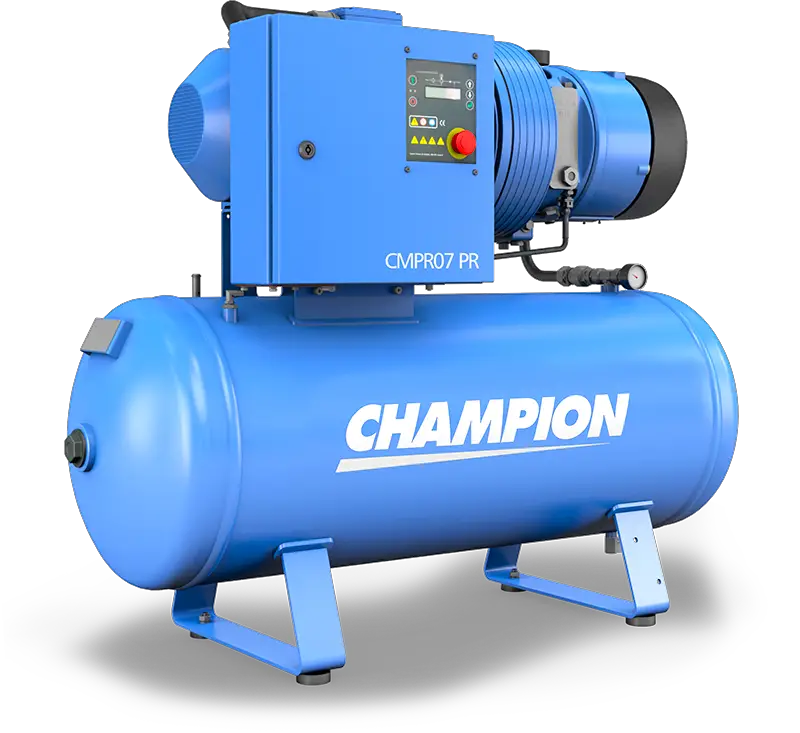
Strategic internal component arrangement and the use of quieter operation modes ensure that your work environment remains as noise-free as possible. These innovations not only improve the working conditions but also comply with stringent noise regulations, reflecting a commitment to creating a balance between industrial efficiency and environmental considerations.
Traditional compressors, while effective, often create high noise levels, impacting the work environment. Low-noise compressors achieve a significant sound reduction, enhancing workplace comfort and safety. This evolution marks a shift in priorities, where your operational efficiency meets a growing concern for quieter workspaces.
Future Trends in Air Compressor Technology
Looking ahead, the future of air compressors in your industry is poised for exciting developments. Anticipate a greater emphasis on sustainability, with designs focusing on energy efficiency and reduced carbon footprints. You might see increased use of renewable energy sources in compressor operation, aligning with global environmental goals.
The integration of IoT (Internet of Things) technology is likely to enhance the connectivity and smart monitoring capabilities of your compressors, leading to more predictive and efficient maintenance schedules. We can also expect advancements in materials science to further improve the durability and efficiency of compressors, ensuring they meet your evolving industrial needs while staying environmentally responsible. The future of air compressors is not just about power, but about smarter, cleaner, and more sustainable operations.
The evolution of air compressors from basic mechanical units to sophisticated, low-noise systems highlights the dynamic nature of industrial technology. Every industry’s journey with these devices reflects a commitment to efficiency, innovation, and environmental responsibility. The future promises even more advanced compressors, blending power with precision and sustainability.
These machines are more than just tools, they are a testament to human ingenuity, continuously adapting to meet your industrial challenges. When you utilize air compressors, you are not just completing tasks; you are part of an ongoing narrative of technological advancement.
